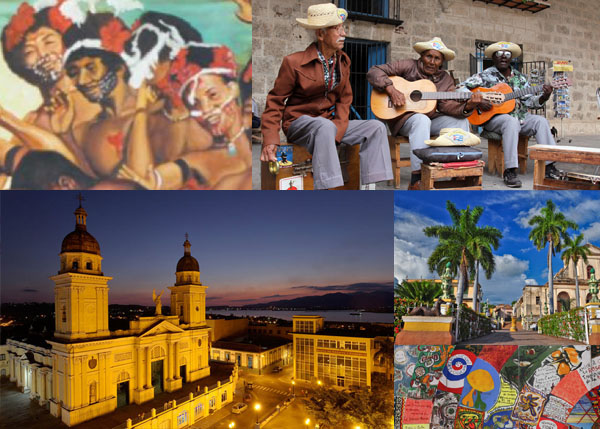2.2 Musical instruments that Africans introduced to Cuba.

African culture is exquisite in its traditions, religions, and artistic expressions, with its music being particularly notable. African music has shaped and influenced the culture of numerous countries. Cuban folk music, the result of a synthesis of African and Eurasian elements, predominantly features components of African origin. One of the most significant elements that African music has bequeathed to Cuban music is its musical instruments. Among the traditional instruments are the chekeré, the güiro, and the batá drums.
The chekeré in Cuba is also known as the ágbe. It is a musical-religious instrument peculiar to Yoruba ceremonies. It is used in less solemn, secondary, or recreational rites. The sound is obtained by shaking it, making the seeds hit against the head, and also by striking the base of the instrument with the palm of the hand.
The güiro is found in Cuban popular music, traditionally used in salsa and son music. It’s a friction-type instrument made from an elongated gourd known as a “cocusa,” with grooves that, when scraped with a drumstick, produce a harsh, loud sound.
The batá drum is a double-headed drum, carved from wood in the shape of an hourglass, with one cone longer than the other. This percussion instrument is used primarily for religious or semi-religious purposes in the Yoruba culture, located in Nigeria. It is also used for purely musical purposes. Batá drums are a family of three sacred drums: the Iyá, the large drum; the Itótele, the medium drum; and the Okónkolo, the small drum.








